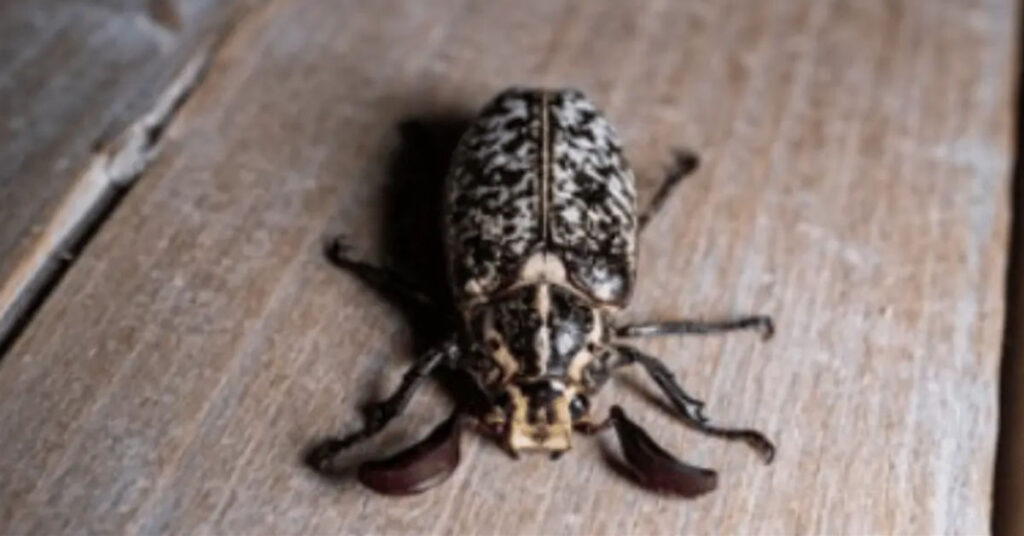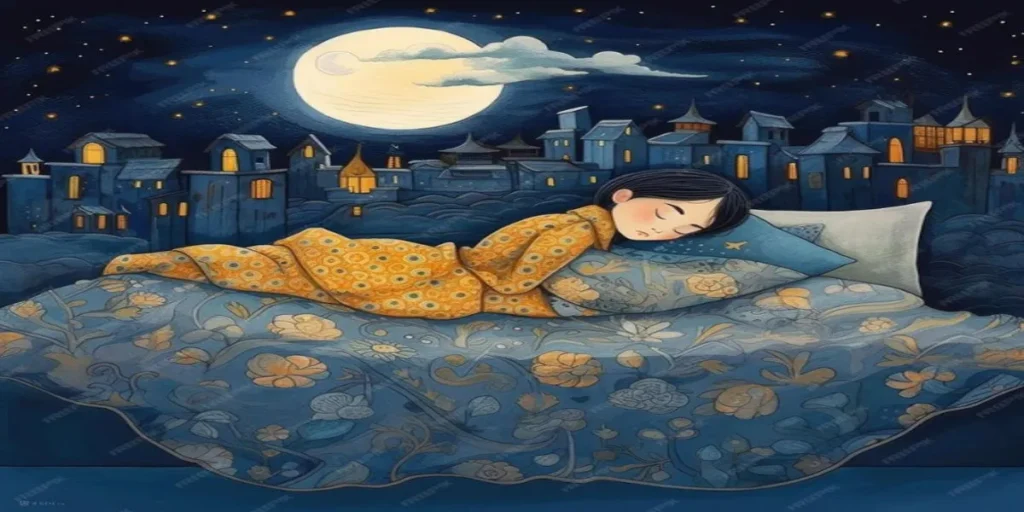Becoming a parent is a journey filled with numerous exciting milestones. One of the most intriguing questions new parents often ponder is “when does a baby’s hair color change?” Understanding the timeline and factors influencing this change can help parents anticipate and appreciate the various stages of their baby’s development.
The Fascinating World of Baby Hair
Babies are born with a wide range of hair types and colors. Some might have a full head of hair, while others are practically bald. The initial hair a baby is born with, known as lanugo, is typically soft and fine. This lanugo usually sheds within the first few months after birth, making way for more permanent hair.
Factors Influencing Hair Color
Hair color is primarily determined by genetics. The combination of genes inherited from both parents plays a significant role in the eventual color of a baby’s hair. However, several other factors can influence hair color, including:
- Melanin Production: The amount and type of melanin (eumelanin and pheomelanin) determine hair color. More eumelanin results in darker hair, while more pheomelanin results in lighter hair.
- Hormonal Changes: Hormonal fluctuations in the first few months can also affect hair color.
- Environmental Factors: Sun exposure can lighten hair over time.
When Does Baby Hair Color Change?
The timeline for hair color change in babies varies widely. However, there are some general stages that most babies go through:
Birth to Six Months
In the first six months, a baby’s hair can undergo significant changes. The lanugo they are born with starts to fall out, and new hair begins to grow. This new hair might be a different color or texture than the initial lanugo.
Six Months to One Year
Between six months and one year, you may notice further changes in your baby’s hair color. During this period, the hair might start to thicken and take on a more defined color. This is because the melanin production in your baby’s body is becoming more consistent.
One to Three Years
By the time your baby reaches their first birthday and up until they are around three years old, their hair color may continue to change. It’s not uncommon for babies to have a completely different hair color at three years old compared to when they were born.
Three Years and Beyond
After the age of three, your child’s hair color is usually more stable, but it can still change slightly as they grow older. Environmental factors, such as sun exposure, and hormonal changes during puberty, can lead to further changes in hair color.
Genetic Influence on Hair Color
To understand why and when a baby’s hair color changes, it’s essential to delve into the genetics behind it. The combination of genes inherited from both parents determines the initial hair color, but this color can change as different genes are expressed over time.
Dominant and Recessive Genes
Hair color is influenced by both dominant and recessive genes. Dominant genes are more likely to be expressed, while recessive genes can be hidden. For example, dark hair is typically a dominant trait, whereas blonde hair is recessive. This means a baby with one parent with dark hair and one with blonde hair is more likely to have dark hair initially.
The Role of Melanin
Melanin, the pigment responsible for hair, skin, and eye color, is crucial in determining hair color. The amount and type of melanin produced by melanocytes (the cells that produce melanin) can change over time, leading to changes in hair color. Two types of melanin play a role in hair color:
- Eumelanin: Determines brown to black shades.
- Pheomelanin: Determines yellow to red shades.
Common Hair Color Changes in Babies
Parents often wonder about the specific changes they might see in their baby’s hair color. Here are some common transitions:
Dark Hair Becoming Lighter
It’s quite common for babies born with dark hair to experience lightening over time. This can happen as the initial high levels of eumelanin decrease, leading to lighter shades such as brown or blonde.
Light Hair Becoming Darker
Conversely, babies born with light hair, such as blonde or light brown, may see their hair darken as they grow. This is often due to increased eumelanin production.
Red Hair
Babies born with red hair might see variations in their hair’s intensity but often maintain their red hue. Red hair is usually a result of high pheomelanin levels, which tend to remain stable.
Understanding Your Baby’s Unique Journey
Every baby is unique, and their hair color journey can be different. To better understand and track these changes, it’s helpful to keep a few things in mind:
Regular Observations
Paying close attention to your baby’s hair over time can help you notice subtle changes. Taking monthly photos can be a fun and useful way to track these developments.
Family History
Understanding your family’s hair color history can provide insights into your baby’s potential hair color changes. Remember, genetics play a significant role, so looking at both sides of the family is essential.
Consultation with a Pediatrician
If you have concerns about your baby’s hair color or overall health, don’t hesitate to consult your pediatrician. They can provide reassurance and guidance based on their expertise.
Addressing Common Concerns
Parents often have specific questions and concerns about their baby’s hair color changes. Here, we’ll address some of the most common ones:
Why Is My Baby’s Hair Falling Out?
It’s completely normal for a baby’s hair to fall out during the first few months. This shedding, known as telogen effluvium, is a natural part of the hair growth cycle and usually isn’t a cause for concern.
Can I Predict My Baby’s Final Hair Color?
While it’s challenging to predict with certainty, understanding genetic factors and observing gradual changes can provide some clues. Remember, hair color can continue to change subtly throughout childhood.
Does Diet Affect Hair Color?
Diet plays a crucial role in overall health but doesn’t directly influence hair color. However, a balanced diet rich in vitamins and minerals supports healthy hair growth
Step-by-Step Guide to Caring for Your Baby’s Hair
Caring for your baby’s hair is essential to ensure it remains healthy and looks its best. Here’s a step-by-step guide to help you:
1. Choose the Right Shampoo
Use a gentle, baby-specific shampoo to avoid irritating your baby’s sensitive scalp. Look for products free from harsh chemicals and fragrances.
2. Gentle Washing
Wash your baby’s hair two to three times a week using lukewarm water. Gently massage the scalp to clean without causing discomfort.
3. Avoid Over-Brushing
Use a soft-bristled brush to detangle your baby’s hair gently. Over-brushing can lead to hair breakage and scalp irritation.
4. Protect from Sun Exposure
When outdoors, protect your baby’s hair from excessive sun exposure by using a hat. This helps prevent sun damage and potential lightening.
5. Maintain a Healthy Diet
Ensure your baby receives a balanced diet with essential nutrients, including vitamins A, C, D, E, and minerals like zinc and iron. These nutrients support healthy hair growth.
Conclusion
The journey of discovering when a baby’s hair color changes is a fascinating one. While genetics play a significant role, other factors such as hormonal changes and environmental influences also contribute. By understanding the various stages and influences on hair color, parents can better appreciate their baby’s unique development.
Remember, each baby is different, and hair color changes are just one of the many exciting aspects of their growth. Embrace the journey, and cherish every moment of watching your little one grow and change.


